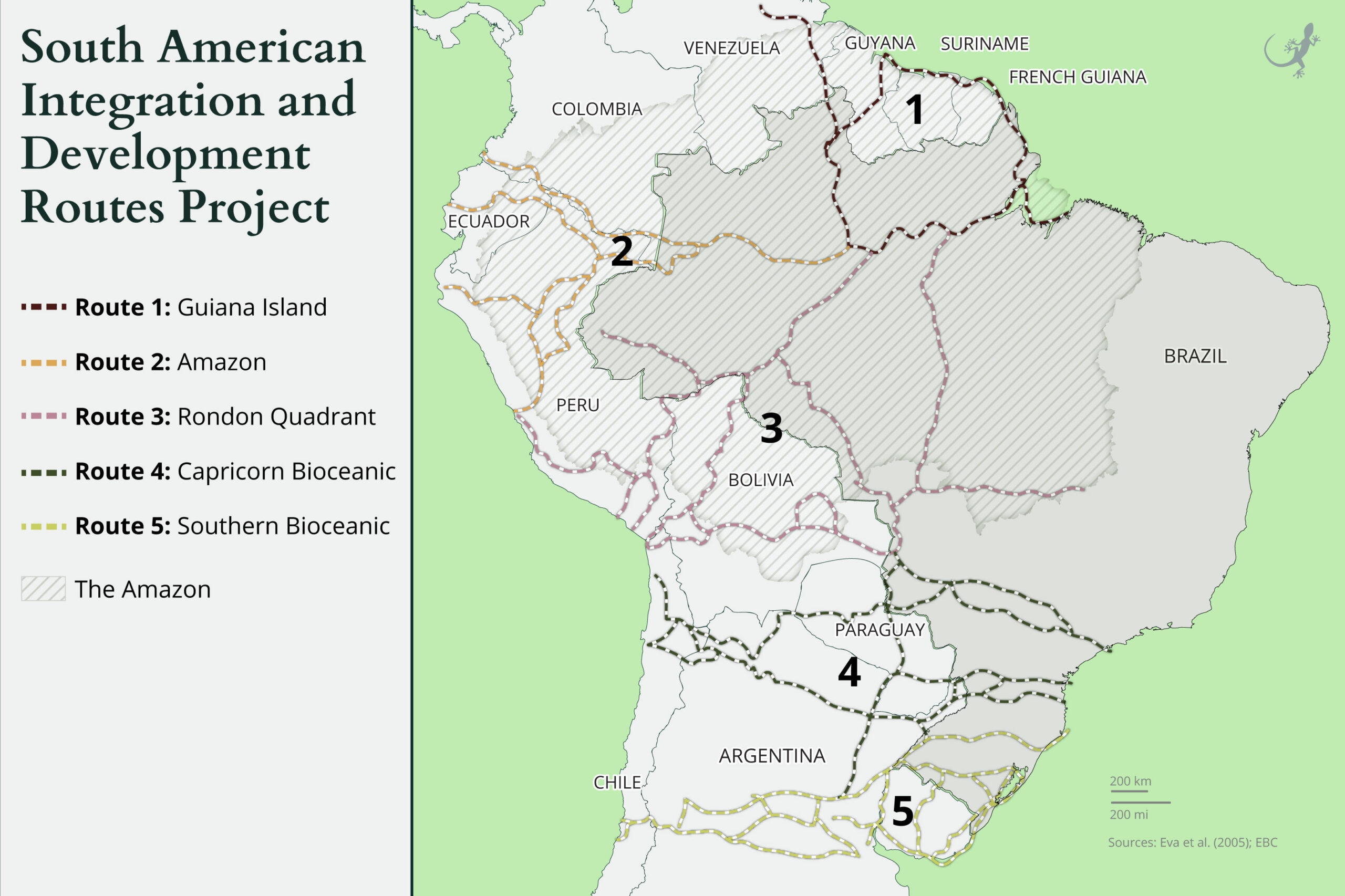Exploring Brazil’s New Amazon Transport Networks
Brazil’s Amazon region is embarking on a transformative journey with the development of new transport networks that promise to enhance connectivity and socioeconomic growth in the region. The intricate waterways of the Amazon Basin are being leveraged alongside road and air routes to provide faster and more efficient transportation options for goods and people.
The Impact of Enhanced Transport Networks in the Amazon Region
The improved transport infrastructure in the Amazon region is set to unlock the vast economic potential of the area by facilitating trade, boosting tourism, and connecting remote communities to essential services. This development can help bridge the gap between the urban centers and the rural areas, driving overall growth and development.
Paving the Way for Sustainable Development and Environmental Conservation
As Brazil expands its transport networks in the Amazon, there is a critical need to balance progress with environmental conservation. Sustainable practices and technologies must be integrated into these projects to mitigate the impact on the delicate ecosystem of the Amazon rainforest. By promoting sustainable development, Brazil can ensure the long-term preservation of this vital region.
Embracing Innovation and Future Growth
The ongoing evolution of Brazil’s transport networks in the Amazon sets the stage for continued innovation and growth in the region. By embracing modern technologies, such as digital mapping, IoT devices, and renewable energy sources, Brazil can create a sustainable and efficient transport infrastructure that serves the needs of both the present and the future.
The Economic Impact of Linking South America with the Pacific
Linking South America with the Pacific through infrastructure projects like the proposed Bioceanic Corridor has the potential to revolutionize global trade routes and significantly boost economic growth in the region.
By creating direct links between the Atlantic and Pacific Oceans, countries like Brazil, Bolivia, and Chile can reduce transportation costs, streamline logistics, and attract new investments. This connectivity not only benefits these countries but also opens up opportunities for broader international trade with East Asia, North America, and beyond.
The improved access to Pacific ports offers South American exporters a faster and more cost-effective route to key markets, increasing competitiveness and stimulating trade volumes. Additionally, enhanced connectivity can drive job creation, spur innovation, and foster regional cooperation, ultimately driving socio-economic development across the continent.
Furthermore, the development of transportation infrastructure linking South America with the Pacific aligns with global trends towards diversifying trade routes and reducing reliance on traditional pathways. This shift in trade dynamics can position South America as a pivotal player in the evolving global trade landscape, offering new avenues for economic prosperity and strengthening diplomatic ties with key trading partners.
How Brazil Integrates with China’s New Silk Road
As Brazil establishes stronger ties with China’s ambitious Belt and Road Initiative, numerous opportunities emerge for economic growth and development. Brazil’s rich resources and strategic location make it a crucial partner in this modern Silk Road project.
Strategic Partnerships
Brazil’s alignment with China’s New Silk Road opens doors for infrastructure investments, trade agreements, and technological exchanges. By leveraging its agricultural prowess and vast commodities, Brazil enhances its role as a key player in the global market.
Sustainable Development
Collaboration between Brazil and China under the Belt and Road Initiative promotes sustainable practices and green initiatives. This partnership paves the way for eco-friendly projects, renewable energy solutions, and environmentally conscious policies.
Cultural Exchange
The integration of Brazil with the New Silk Road fosters cultural exchanges, educational programs, and tourism opportunities. Through mutual understanding and appreciation, Brazil and China strengthen their bond and create a platform for shared experiences.
Future Prospects for Brazil’s Infrastructure Developments in the Amazon
Breaking Down the Headlines
Exploring the future of infrastructure projects in the Amazon, it’s crucial to address the balance between economic development and environmental concerns. Recent proposals for roads, dams, and other projects in the region have sparked debates about their potential impacts on the rainforest and indigenous communities.
The Bigger Picture
Considering Brazil’s history of balancing economic growth with environmental preservation, the infrastructure developments in the Amazon mirror global dilemmas of progress versus sustainability. Understanding and mitigating ecological risks while fostering regional progress is essential for long-term success.
What This Means Going Forward
The future of infrastructure in the Amazon hinges on sustainable planning, community engagement, and environmental stewardship. Stakeholders must collaborate to ensure projects align with conservation priorities and benefit local populations. Proactive measures like utilizing green technologies and respecting indigenous rights can pave the way for responsible and mutually beneficial development in the region.
